The History Of Virtual Reality
1993 - SEGA VR
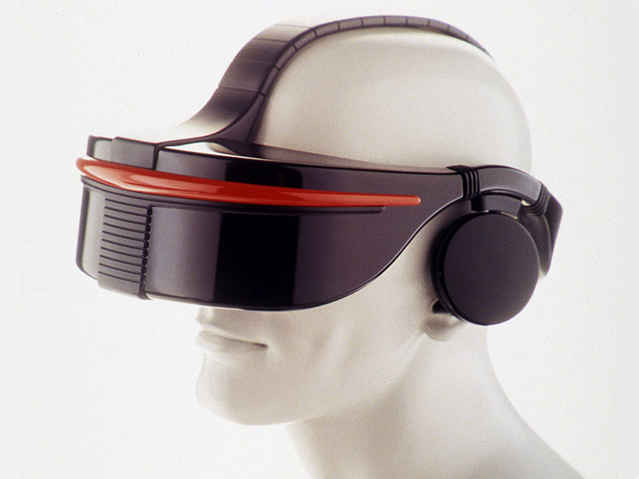
With Nintendo trying its hand in the world of VR, it wasn't long before Sega entered the fray as well. At CES 1993, Sega introduced a revolutionary product, the Sega VR. The virtual reality helmet was attractive. It used integrated LCD displays and inertial sensors to measure head movement, and Sega planned to release it later that same year for just $200. Four games that took advantage of the headset were supposed to be released as well, but all of the games were cancelled during development and never released. The VR headset was also subsequently cancelled.
1995 - Virtual IO i-glasses

The Virtual IO i-glasses attempted to be more than just a VR device. Instead, the i-glasses primarily functioned as a single-user display. Someone wearing the device sees what looks like an 80-inch image from roughly five feet away. It used composite A/V connections and was compatible with a wide array of devices. Because it used two 920,000-pixel LCD displays, it was also capable of displaying true stereoscopic 3D content, and therefore it could run some specialized VR content as well.
An updated version of this device is actually still available for purchase brand new online for $299 (although it's currently out of stock), more than 20 years after the initial appearance of the i-glasses.
1995 - Forte VFX1
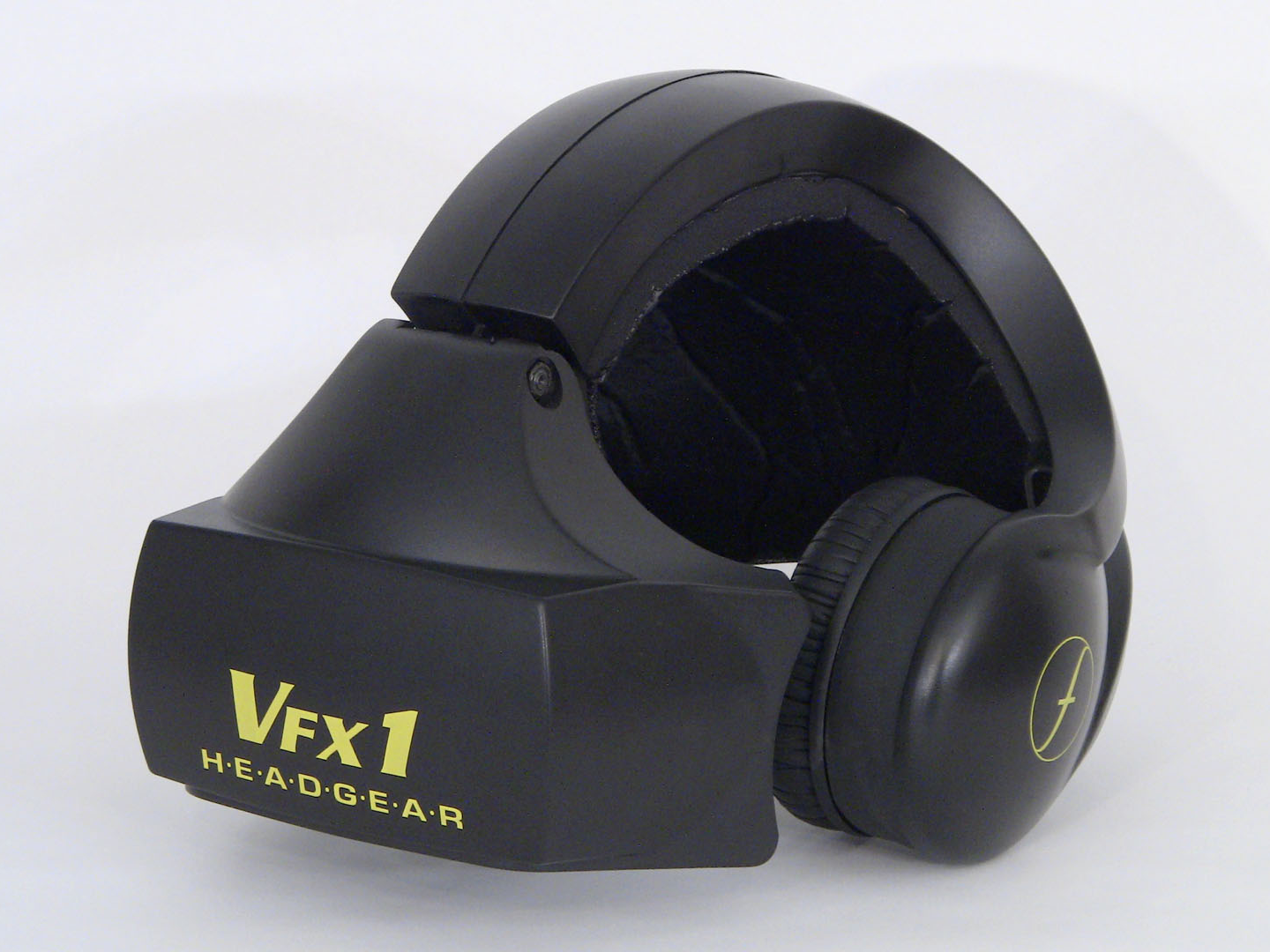
The Forte VFX1 worked as both a VR headset and an interface for controlling games. Using two LCD displays, it gave users a 3D stereoscopic image. It connected to a PC running either DOS or Windows 95, but it received limited support, and only a handful of games worked with it. The headset was also capable of detecting head movements to control the PC. The headset also had a feature called VR Mouse that used head movements to control a mouse, for using Windows with the VFX1 outside of games.
1995 - Nintendo Virtual Boy

Although the Power Glove didn't go over well, Nintendo was determined to give VR another chance. This lead to the development of what is perhaps the biggest failure in the short history of virtual reality, and one of the greatest disasters in video game history. In 1995, Nintendo launched the Nintendo Virtual Boy, a console in the form of a virtual reality helmet.
It instantly had huge problems. The display showed everything in either red or black on a relatively low resolution display that caused users headaches and nausea after short-term use. The system was designed to be portable and even included a strap to attach it to your head, but it was too heavy to actually be portable. Nintendo manged to sell only about 770,000 Virtual Boy devices and made just a small handful of games for it.
1996 - Sony Glasstron
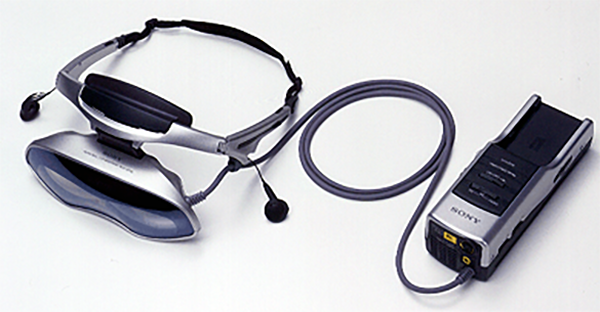
The Sony Glasstron essentially followed the work of the i-glasses by creating a large virtual display for a single user. Similar to the i-glasses, it worked with essentially anything using composite A/V connections. The display wasn't as large, however, as it appeared to be roughly 52 inches in size from approximately six feet away.
Get Tom's Hardware's best news and in-depth reviews, straight to your inbox.
1997 - Philips Scuba VR
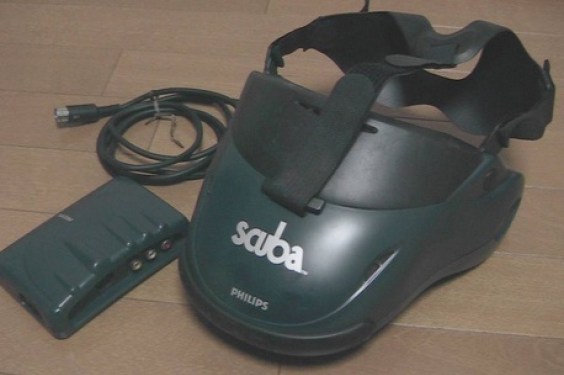
Philips' attempt at VR followed the Forte VFX1 in that it was designed to work with Microsoft Windows. It used two LCD panels to create a 3D perspective, and it even used head tracking to control the mouse, just like the VFX1. Although games still needed to be optimized for the device to get a true 3D perspective, the Scuba VR featured compatibility with a wider array of games, using the virtual mouse to control first-person shooters. It was originally designed for use with the Atari Jaguar, but after that console failed to gain a significant market share, Philips later released it for Windows.
1998 - IIS VFX3D

The VFX3D headset tried to gain a leg up over its competitors by featuring improved head tracking. Now, instead of simply being able to move a mouse or interact with games on a 2D X and Y axis, users could move in three dimensions using the head tracking interface. Of course on the Windows desktop this didn't really change much, but in-game it enabled users to not just look around, but also to move.
2005 - eMagin Z800

As the 1990s died out, so did interest in VR. Most of the VR devices released in the 1990s were ultimately disasters, and few companies would attempt to create a VR device over the next several years. Although there wouldn't be another strong attempt at VR for more than a decade following the VFX3D, other devices were created that became important stepping stones towards modern VR.
The eMagin Z800 3DVisor is one such device. Although it didn't aim to be a true VR headset, it borrowed many of the concepts used in older VR devices to create a single-user display. The Z800 could display both 2D and 3D video content, and it used head tracking to interface with the computer. Instead of giving users total freedom to move around while wearing the headset, it was powered by a USB cable and required the user to stay in one location.
2006 - Nintendo Wii Remote
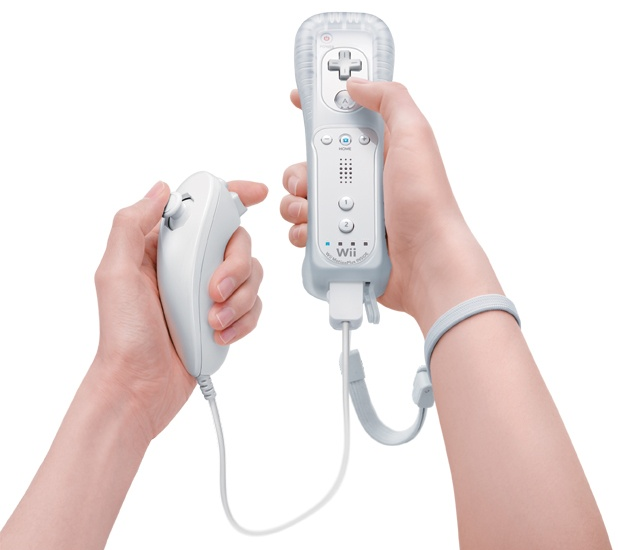
The Nintendo Wii is not, of course, a VR device, but it did make an important indirect advancement in the field with its Wii Remote.
In order to have a truly immersive VR experience, the controls with which you interact with the virtual world are just as important as how the world looks. The Wii Remote pushed users to move around and wave the remote in the air, all to interact with the world. Although clinging to a controller isn't a realistically immersive experience, the Wii Remote inspired the development of other motion control technologies that are key for VR.
2009 - PlayStation Move

The Nintendo Wii became eminently popular thanks to its motion controller. In order to compete with the Wii, Sony created the PlayStation Move, which looked and functioned similarly.
PlayStation Move technology would continue to be developed over the years, and ultimately it would be incorporated into the Sony PlayStation VR.
-
Nuckles_56 Thanks for such an informative read, I never realized that the history of VR went so far back and that there were so many units in the 1990's as wellReply -
Virtual reality has no future just like no one cares about 3D TV. Sounds cool but it is meh. Toms hardware should move on and talk about something else.Reply
-
deathcall666 Youre wrong freak777power , 3D tv fails because television itselft is a dying industry. Older men uses tv more frequently the teenagers and they cant make the diference between a 3D or old tube TV anyways.Reply
Pc gaming is however not dying , and VR is just begining a new era. -
stackedoverpass @deathcall666 No its not like it. 2D sales in the cinema dwarf 3D gimmick tickets. The same analogy can be applied on VR. When 3D TVs came out, TV were booming and big and next frontier seemed to be 3D. VR going to be flop like LCD watchesReply -
cats_Paw VR is still in its infant stages.Reply
For VR to be FULLY inmersive we need:
1. eye tracking for realistic viewing angles
2. high fidelity panels (LED and OLED are not yet).
3. A way to be able to "move" in the environment (some projects are out there, not done yet).
4. Kinetic gloves that will allow us to "feel" something we touch/pick up in a game.
5. Accurate positinal audio.
6. near 0 latency.
So, its looking good? yes Its going forward? Yes.
Are we there yet?
Not even close. -
hdmark I think it really depends on how you view VR. If you look at it for purely gaming... I don't see it being big just yet. another few years when its cheaper maybe, but not yet.Reply
But where most people are wrong when they compare VR to 3D TV's is that VR has a HUGE application base outside of gaming. Industries around the world are already using VR and the more developed VR and AR get, the more applications it will be used for.
The two major examples I keep thinking of in my head are in the medical and construction fields. Im 99% sure they are already using VR hooked up with robotics to do some surgeries. and in the construction field... well imagine workers wearing hardhats with VR . Not only would it be able to alert them quicker of dangers, they would also have readouts of what they are working on. They don't need to go check blueprints anymore and diagrams, if they have a 3D model in front of them where everything should go -
IInuyasha74 Reply17709783 said:VR is still in its infant stages.
For VR to be FULLY inmersive we need:
1. eye tracking for realistic viewing angles
2. high fidelity panels (LED and OLED are not yet).
3. A way to be able to "move" in the environment (some projects are out there, not done yet).
4. Kinetic gloves that will allow us to "feel" something we touch/pick up in a game.
5. Accurate positinal audio.
6. near 0 latency.
So, its looking good? yes Its going forward? Yes.
Are we there yet?
Not even close.
Actually in one form or another we have all of that except the kinetic gloves. What really needs to happen is it all needs compacted down into one device. That is starting to happen, but still a little ways off. -
TX_Tech A local arcade had the Virtuality 1000CS back in the 90s, I remember playing it a few times, but it was expensive per game, so not as much as I wanted.Reply
It wasn't perfect, but it was better than much of what came next. -
TX_Tech ReplyThanks for such an informative read, I never realized that the history of VR went so far back and that there were so many units in the 1990's as well
I'm 40, so I remember many of these devices. The younger 20 year olds today often think this is all new, but it really isn't. The devices have better resolution and wireless is a thing now, but the old problems still exist.
The real dream is the Holodeck, I remember 1987 and watching ST:TNG in first run and being wowed by that, thinking "my lord, that would be amazing, I want it!", but as time has marched on, I've come to accept that it won't happen in my lifetime.
VR is a nice idea, but I think execution is going to be the problem. Because everyone has a monitor and most people don't have VR, it won't get the type of broad support it needs to become something. And frankly, I don't think most people WANT to put a big device on their heads.